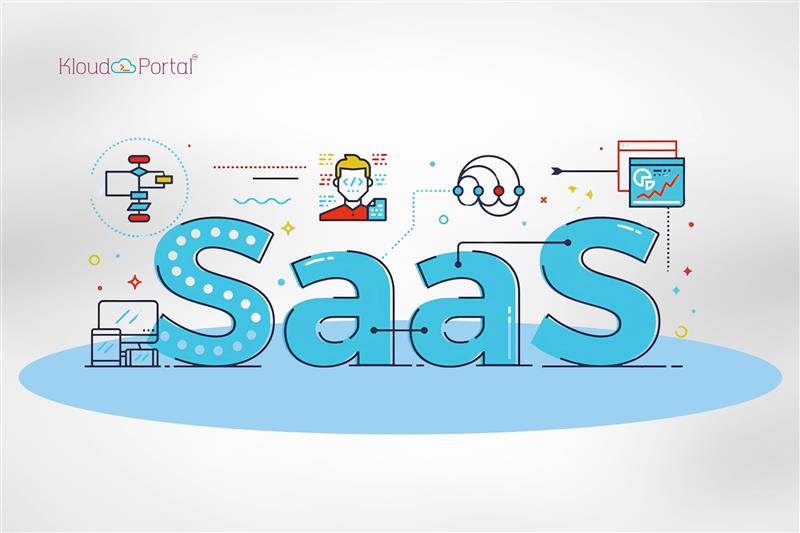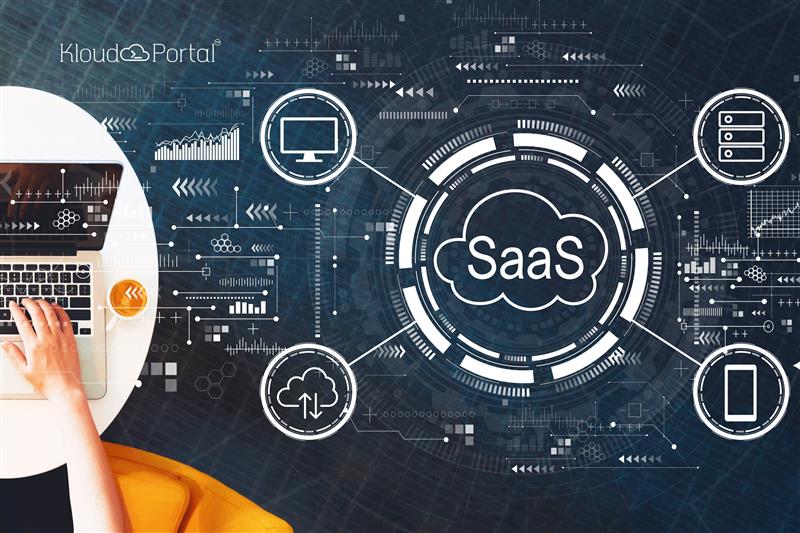The launch of a SaaS product and the chaos that may follow may derail a marketing plan if it is not laid down in a document that holds priority. An important question here is when you should start SaaS product marketing. A well-strategized SaaS marketing roadmap will tell you that you should not delay it – a mistake that many SaaS companies make. SaaS marketing experts suggest that a SaaS product should be introduced in the market as early as it attains a Minimum Viable Product (MVA) status. Also, the latest SEO trends such as voice search, AI, UX, Video Marketing, and Local Search Optimization should not be ignored as you embark on an exciting journey of making a little-known SaaS product today to make it tomorrow’s market leader.
The story of all successful SaaS products sounds similar on this count! And they come from all possible business segments — marketing communication, payments systems, project management, and marketing automation to name a few.
A roadmap helps resource planning and budgeting in alignment with the business and marketing goals of an organization. SaaS products are intangible, consistently being updated, and pitched in a fiercely competitive marketing environment. Given this, a SaaS Product Marketing roadmap is an absolute need for SaaS companies and marketers to stay on the course.
Before we discuss a roadmap for SaaS product marketing, a clear understanding that much of , a clear understanding that much of SaaS marketing takes place in the B2B marketing space will help us. Here are a few quick facts:
- In 2020, the SaaS market was pegged at $157 billion and 80% of businesses were using at least one SaaS product
- SaaS market is expected to grow at a CAGR of 9.22% between 2019 and 2023, adding $60 billion during the period
- 73% of organizations report that all their apps and software requirements will be met by SaaS by 2021
- 93% of CIOs report that their organizations are actively adopting cloud-based SaaS, with adoption varying from complete to under-consideration
- From being standalone software, SaaS has grown to offer integrated platforms for mission-critical applications
SaaS Product Marketing Roadmap
Although as important as for any tech company, product marketing for SaaS is a little different concept. For other products, the marketing roadmap is pretty straight beginning with product launch and culminating with product positioning. A SaaS product marketing agency has a slightly different order of priority. Here, the product is at the heart of the marketing and it always remains there, thanks to the constant update that it goes through in its product life cycle.

Except for this, the basics don’t change much for SaaS product marketing. Some of the routine features include:
- Defining Industry
- Defining Target market
- Creating Marketing model
- Planning Proper Messaging
- Market Positioning
- Content and Channels
Business Model
Complexity and price play an important role in SaaS marketing. For example, a low price and high complexity product will not survive in the market. The right strategy would be:
- Enterprise model for high complexity and high price products
- Transactional Model for low complexity and high price products
- Self-service model for low complexity and low price products
SaaS Product Marketing Strategy
A marketing roadmap should have a well-formulated strategy along the proven success path. For SaaS product, it goes something like this:
Creating Buyer Persona:
You can 2-3 target audiences as well as many buyer personas
Marketing Funnels:
From discovery to delight, the roadmap of the customer journey should be identified
Inbound Marketing Funnel:
Marketing automation tools can inform you where your leads are in their buying journey
Awareness and education
Specific to SaaS B2B marketing, creating awareness about the product and the pain point it aims to solve is very important. In this context, accurate and exhaustive information about the product and prioritizing data are necessary. This leads us to the most important part of the SaaS marketing roadmap: Content Marketing.
Content Marketing:
There can be many forms of content marketing:
Blogs, newsletters, ebooks, sales emails, videos and they can work much like sales funnels. The twist in the tale is: your content is the lead form rather than the impersonal lead form that you see on the sites.
Many SaaS brands have junked the idea of traditional lead forms for lead generation. Rather, they rely on their content to create leads through likes, shares, and referrals.
Why Content Marketing?
For SaaS product marketing, the use of meaningful and personalized content is also necessary for customer retention – an area of critical importance. Customer acquisition is a lengthy and expensive process while customer retention depends on the emotions and experiences created.
As SaaS has a subscription-based revenue model, its topline or ARR (Average Recurring Revenue) depends on the retention of subscribers. To this end, SaaS companies update their software pretty regularly in their bid to outsmart competitors and retain their subscribers.
Marketing automation
SaaS Product marketing involves the same set of marketing tools and techniques that any other online marketing plan might involve: SEO, PPC, SEM, Marketing Automation, and Content Marketing. All of these are geared up to Growth Hacking. The quick and high growth rate is critical to the survival of a new SaaS product on the market.
Scaling up marketing efforts calls for the use of marketing automation tools such as Customer Relationship Management (CRM) and automated email marketing. For a SaaS product, these become all the more critical, making it an essential tool for a SaaS product Marketing Agency.
Summing up
When it comes to using marketing automation tools for SaaS marketing, you can’t overlook OPAL CRM from Kloudportal, a digital marketing company providing marketing and sales outsourcing services to SaaS companies.In SaaS B2B Marketing, you can’t hire just any agency. The stakes are high as your product needs to capture the market quickly and decisively.
Failing to do so can mean the end of the road for a SaaS product. To know more about SaaS marketing, you should get in touch with Kloudportal and go through some of the blogs on its site.




